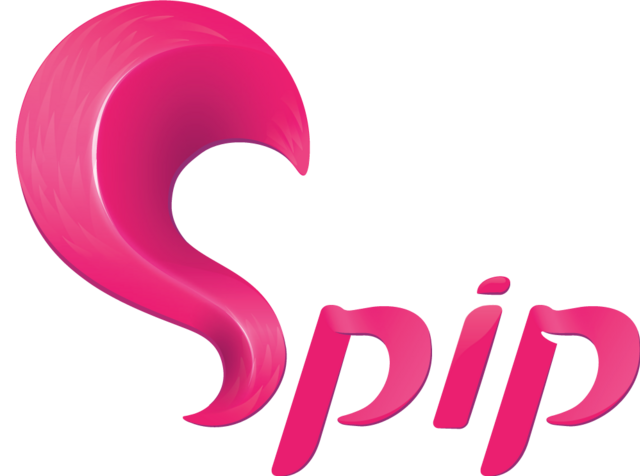
SPIP: A Free and Collaborative CMS
SPIP (Système de Publication pour l'Internet) is an open-source content management system (CMS) designed to facilitate collaborative publishing on the web. It is particularly well-suited for editorial and associative websites, offering ease of use and advanced permission management.
📅 Release Date
SPIP was first released in 2001 by a group of French developers, including Arnaud Martin and Antoine Pitrou. It continues to be actively maintained by a dedicated community.
📜 License
SPIP is distributed under the GNU General Public License (GPL) v3, ensuring its availability as open-source software and granting users the freedom to modify and redistribute it.
💻 Programming Language
SPIP is entirely developed in PHP and utilizes standard web technologies such as HTML, CSS, JavaScript, and XML.
🏗️ Architecture
SPIP is built on a modular and extensible architecture:
- Separate back-office and front-office: A distinct management interface from the site’s display.
- Template-based system: Customizable HTML-based templates for content display.
- SPIP loop language: Allows data retrieval and display in an intuitive way, without advanced SQL knowledge.
- Extensions and plugins: Additional functionalities can be added via the official SPIP-Zone repository.
- Advanced permission management: Roles for administrators, editors, visitors, etc.
🗄️ Database Support
SPIP supports multiple databases:
- MySQL / MariaDB
- PostgreSQL
- SQLite
This compatibility offers great flexibility depending on hosting and project requirements.
🌟 Key Features
✅ Simple and intuitive interface: Designed for non-technical editors.
✅ Advanced article and section management: A straightforward hierarchical structure for organizing content.
✅ Multilingual support: Native translation of content into multiple languages.
✅ Editorial workflow: Content status management (draft, submitted, published) facilitating collaboration.
✅ Customizable template system: Flexible layout design without advanced coding skills.
✅ SEO optimization: Automatic clean URLs, meta tag management.
✅ Accessibility compliant (WCAG standards).
⚡ Advanced Features
🚀 Built-in search engine: Automatic content indexing.
🚀 Efficient caching system: Improves page loading speed.
🚀 Native RSS and syndication support: Automatic publication and aggregation of news feeds.
🚀 Responsive interface: Adapts to mobile and tablet screens.
🚀 Advanced media management: Supports images, videos, and downloadable documents.
🚀 LDAP integration: Enables centralized authentication.
🚀 API and web services: Connects with other applications via XML-RPC and JSON.
🔐 Security
SPIP is designed with a strong focus on security:
✔️ Built-in protection against XSS attacks and SQL injections.
✔️ Regular updates to patch security vulnerabilities.
✔️ Advanced access control and permission settings.
✔️ Clear separation between content and code to reduce security risks.
The SPIP community actively ensures a high level of security.
👍 Pros and 👎 Cons
| Pros | Cons |
|---|---|
| 🔹 Free and open-source | ⏳ Less popular than WordPress or Drupal |
| 🔹 Easy to use for content editors | ⚙️ Admin interface can feel outdated |
| 🔹 Flexible loop system and templates | 🎨 Fewer ready-made themes |
| 🔹 Multilingual and accessible | 🚀 Smaller plugin ecosystem compared to other CMS |
| 🔹 Secure and stable | 📚 Learning curve for new developers |
🔗 Official Website
Conclusion
SPIP is a robust, secure, and collaboration-friendly CMS. It is particularly well-suited for media, associations, institutions, and public organizations looking for a simple yet effective way to manage editorial content.
Although it is less popular than WordPress, it remains a strong choice for projects that require advanced permission management, accessibility compliance, and full control over content.



